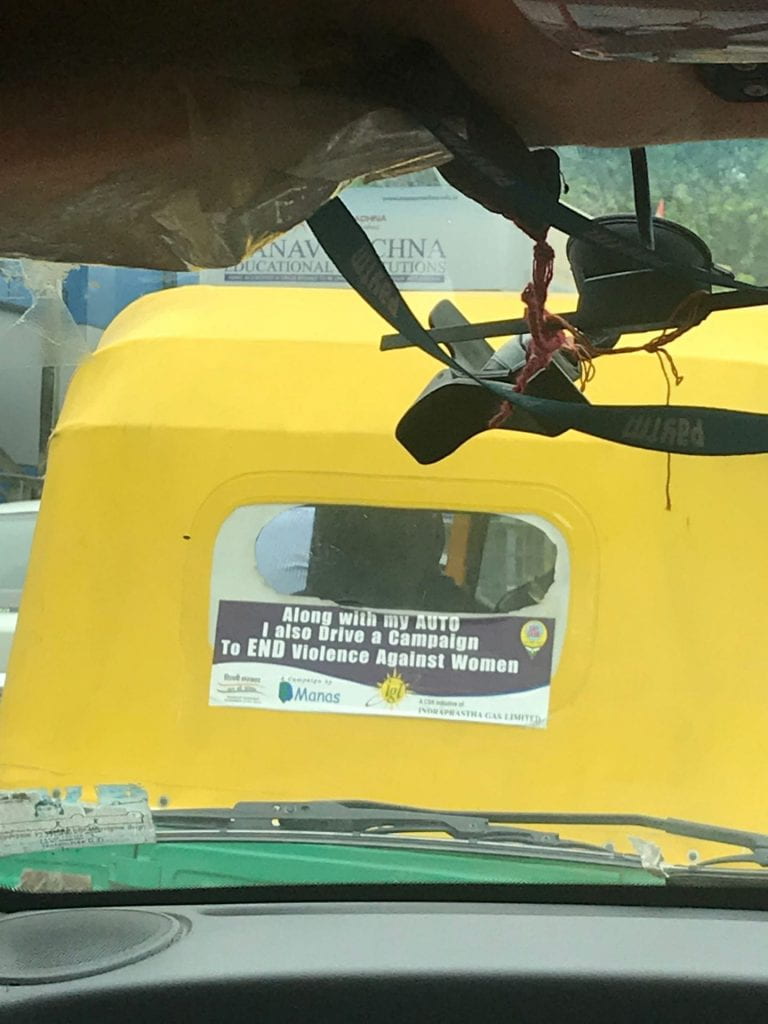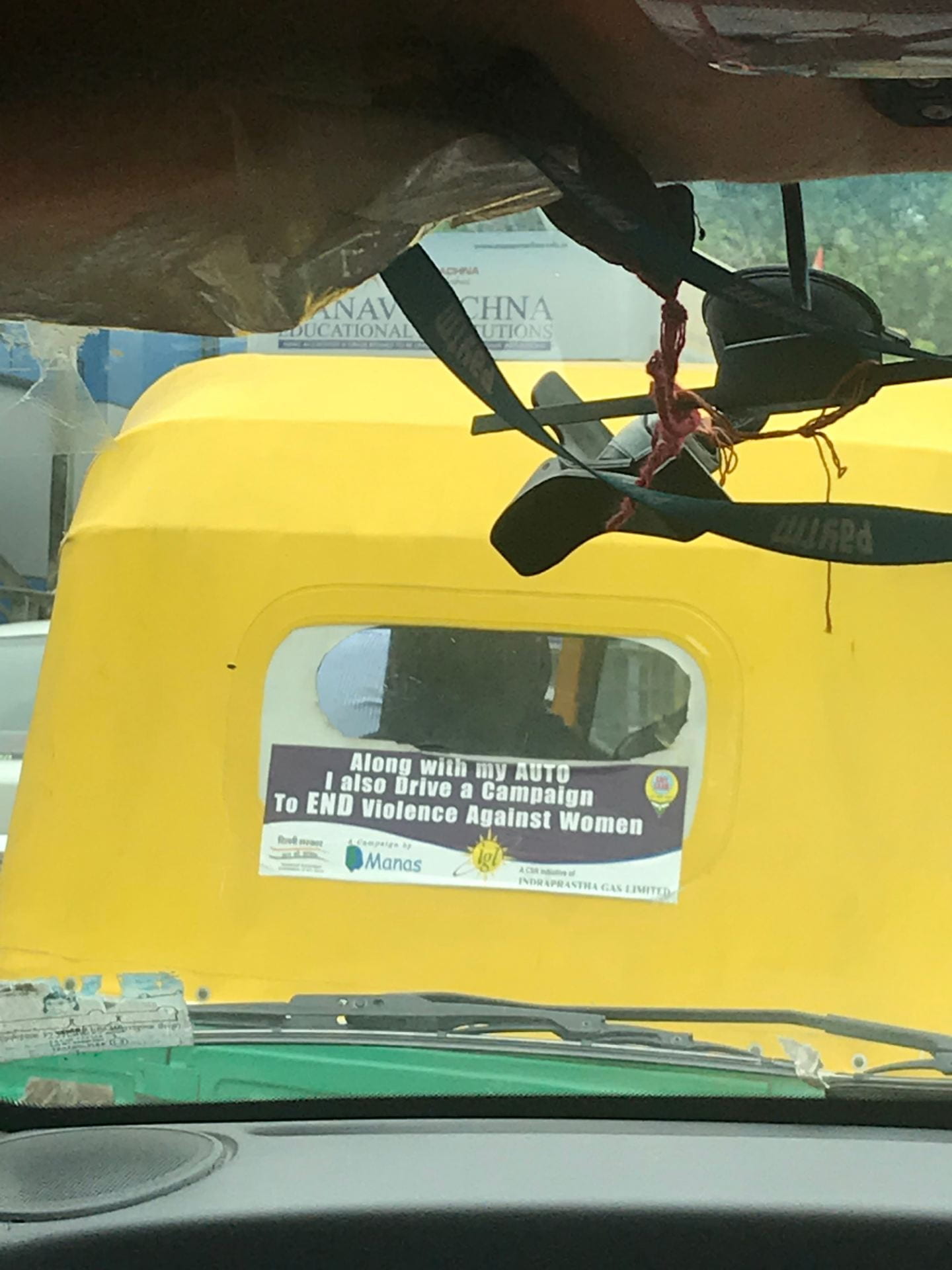Field Tales: Designing, Outreach and Reflections
When I learnt that I have been granted the Sigur grant, I was both excited and nervous. Excited because I could now finally undertake fieldwork that I had been planning for, for almost a year! Nervous because I now had to transition from the comforts of secondary research desk-work to diving into primary data collection on the field.
Often, it takes a village to accomplish goals, cross milestones and finally reach our destination. Acknowledging the benefits of collaborative work, I set out on the path of reaching out to local partners and NGOs that had established relations with communities. In the process, I met many interesting people, who had similar research interests, alongside immense hands-on experience. Specifically, I got on board 2 young researchers who had received formal training in qualitative research and had previously conducted fieldwork across multiple regions in India. Together, the three of us set out on the path of implementing the envisioned qualitative survey.
The survey has 3 components and this blog focuses on the second component (SC2 hereafter). Under SC2, we seek to collect information on behavior and attitudes towards reporting of Violence Against Women (VAW) – an issue that is subject to considerable stigma, shame – and is consequently under-reported. We planned to interview men and women in the age-group 18-30 years old from districts [1] across Delhi. Given that responses on VAW could suffer from social-desirability bias, we utilized indirect methods of questioning, such as vignettes that could induce truthful revelation of opinions on VAW. In other words, the questionnaire depicted hypothetical situations on cases of VAW and sought the respondent’s opinion on what should be done next. Below is an excerpt from our questionnaire, for clearer illustration,:
Now we will present to you description of some hypothetical situations on crimes against women. Each description is followed by four options. Please choose one option, which you think is the best choice. There is no right or wrong answer to these questions – please be honest. If you wish, you can provide brief comments to explain your choice in the space provided.
Aditi is the eldest daughter of a lower middle class family. Her father has recently retired as a clerk from a government job, her mother is a homemaker and she has two brothers who are studying. Aditi is a nurse and the only earning member of the family. One day, one of the doctors at the hospital sexually harassed her. Aditi is very disturbed and feels like quitting her job. But given the circumstances, she is in a dilemma. What do you think Aditi should do?
- Confront the perpetrator(s)
- Seek help at the location of the incident
- Call a friend/family member
- Report to police
Please provide brief comments to explain your answer.
The first and perhaps the most challenging aspect of executing SC2 was recruitment of subjects. A part of the challenge came from the fact that VAW is a very sensitive topic and people are not particularly comfortable talking about it. Given that, we were focusing on a younger demographic, we decided on contacting coaching centers where young professionals come to take classes on aptitude exams, such as GRE and GMAT. However, most coaching centers turned down our offer to collaborate, primarily because these centers are driven by profit motivations and were unable to realize the benefits of collaborating on social and behavioral research, devoid of any financial transactions. After 2-3 weeks of reaching out to almost all coaching centers in Delhi, we realized that we would not be able to get sufficient number of centers on-board and that we needed to re-strategize.
Feeling quite dejected, we started thinking of alternative outreach strategies and there came the Eureka moment! During one of our team meetings, I came up with idea of contacting vocational centers run by the Government of India. These centers, referred to as National Skill Development Centers (NSDC), provide training to young men and women on a range of skills, including data-entry, office documents, electronics technician, beauty and wellness, etc., free of cost. These centers were seemingly more aligned with social objectives; they aimed at providing vocational training to people who have completed education and are looking at enhancing their employability but are unable to afford niche training provided by private centers. After contacting coordinators of NSDC centers, we received a much more welcoming response. This was quite a boost to our newly-found outreach strategy – a much-needed lift after the fall-out with the coaching centers.
The second step was to conduct a pilot to adequately test the survey instruments. This step was particularly exciting! We had been working on developing the instruments for several weeks and finally, it was now the time to test them in a real-world setting. What soon unfolded was a serendipitous moment. Much to our surprise, the first training coordinator we contacted (in a small village called Devli in South Delhi) was extremely supportive of our research endeavors and invited us for a meeting the next day. My team and I prepared for the meeting and were hoping for the best outcome, i.e. fix a date to schedule a formal roll-out. But as luck would have it, when we went in for the meeting, we were asked to roll-out the survey that day itself! It was truly good fortune that we got the opportunity to conduct a pilot on 80 respondents (almost 15% of the target sample size), however, on very short-notice. Nevertheless, excited to seize this opportunity, my team and I immediately started preparing. We translated the questionnaires from English to Hindi, which was the primary language for most respondents, and rushed to make copies of the translated questionnaires.[2] What followed suit was a smooth pilot rolled out to 80 young men and women from varied socioeconomic backgrounds. Although we were initially not prepared to pilot on the same day, our teamwork made it possible.
Research is a fairly iterative process. The pilot gave us several useful insights on improving the design and execution of the survey. Over the next month, we rolled out the survey in 16 centers, across all districts in Delhi, grossing a total sample size of 636, against our target of 550 (i.e. 50 each from the 11 districts).
Each roll-out was unique in its own way and we learnt something new each time. Several respondents told us that they enjoyed being a part of the research study because it was on a socially-relevant and relatable topic. One of the respondents from Vasant Kunj (Southwest Delhi) district mentioned that she liked responding to the survey as she felt that the ‘situations’ described as vignettes were very ‘real.’ Another respondent from Badarpur (Southeast Delhi) said that the comments section of the questionnaire gave her an outlet to express her latent emotions and feelings on the issue.
But there were also few people who weren’t satisfied with the research objectives and were dismissive of our endeavor. During our roll-out in Madhipur village (West Delhi), one of the respondents was irritated that we had chosen such a ‘silly’ topic to study. He said that there were more ‘important’ things to study than VAW. He also urged us to look into the effects of tobacco (‘gutkha’) as it was causing a lot of harm to the youth. Such comments were also important and rather telling of how the severity of VAW as an issue may not have resonated much with some people. This in itself is an important takeaway and reiterates the need for greater sensitization among youth on VAW.
While, the data analysis is underway, our initial reflections from the survey as well as the overwhelming support received from training coordinators and respondents reaffirms our belief in the underlying motivations of this research. With this in mind, we continue to strive towards conducting socially-relevant research that can create meaningful impact.
[1] Administrative unit, similar to US counties
[2] Big thank you to Google translate for this.


Abhilasha Sahay, PhD Economics 2020
Sigur Center 2019 Field Research, India


